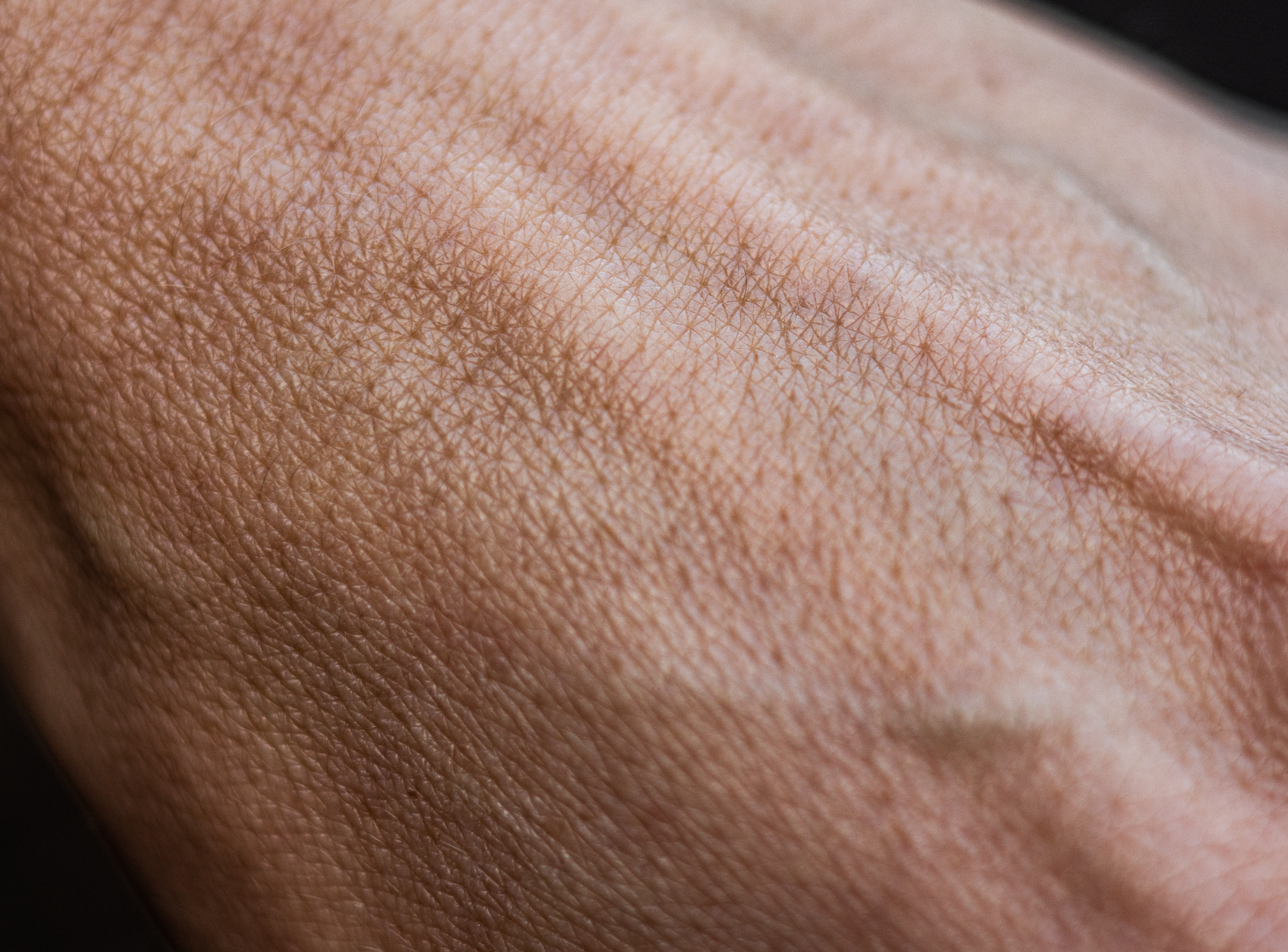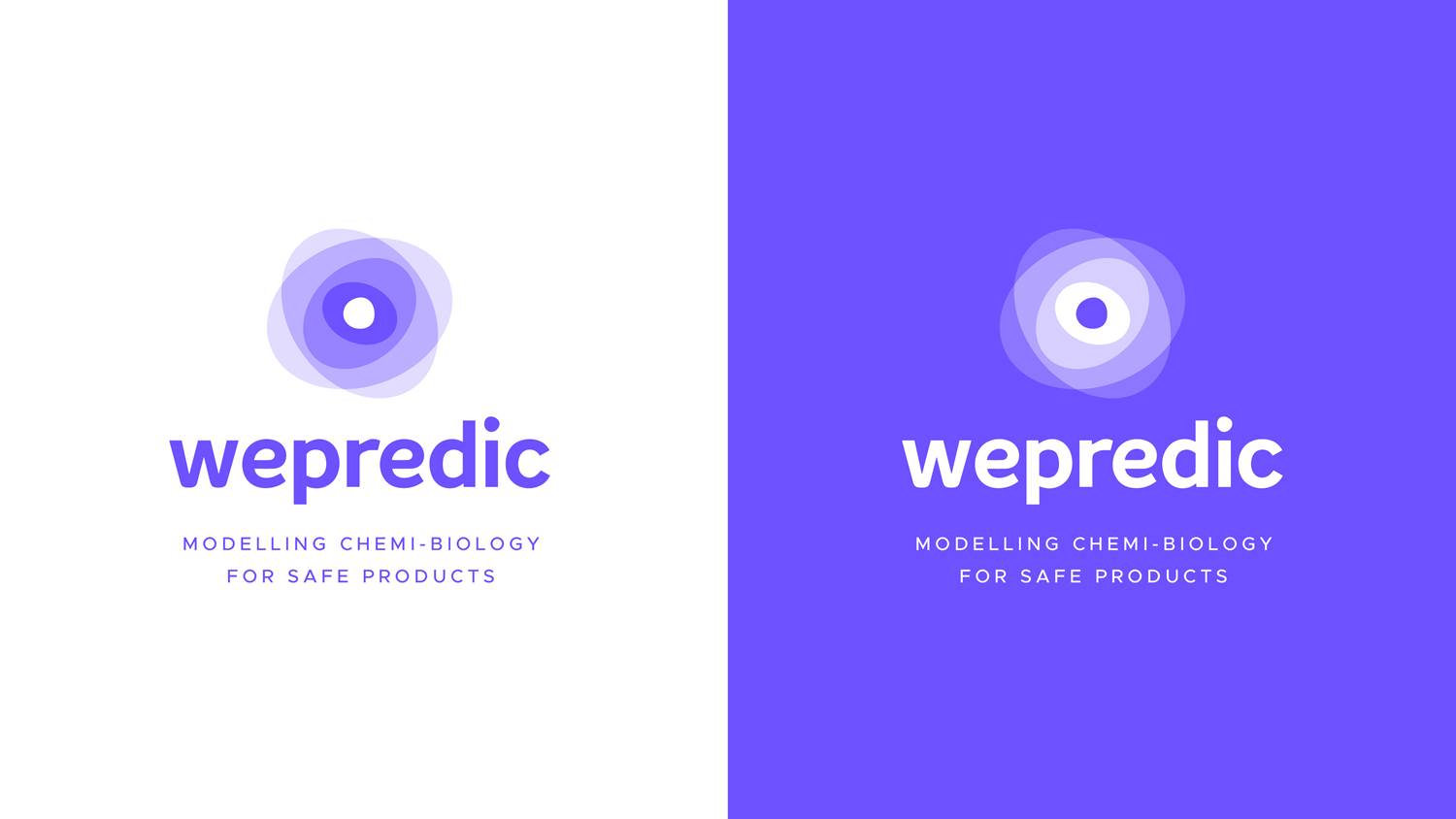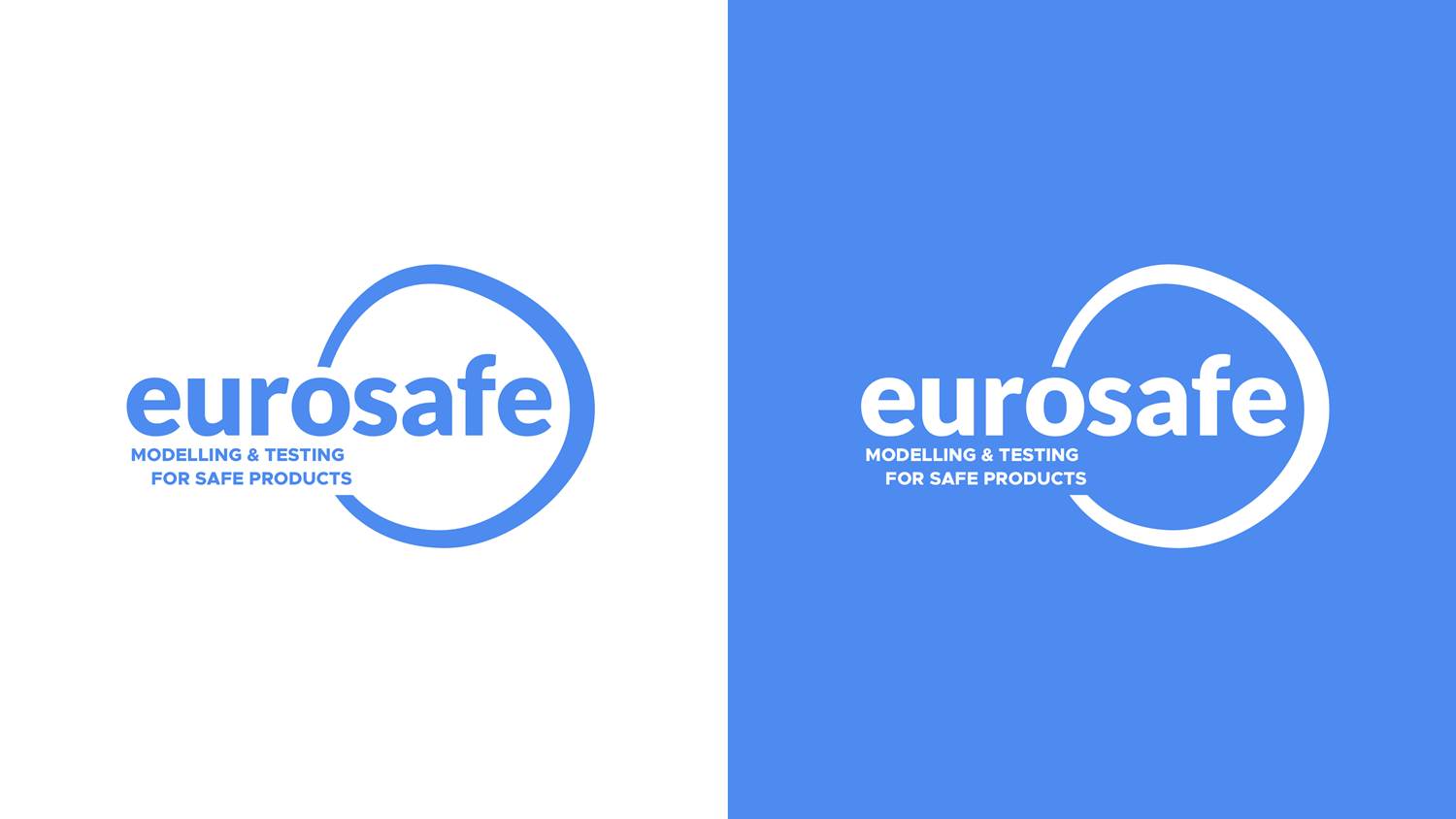Derniers posters
-
In-silico modelization of compounds interaction with Bile salt Export Pump (BSEP): an alternative approach to predict hepatotoxicity
15/03/2019
BSEP is an efflux transporter protein present in the hepatocytes membrane that plays important role in bile acid flow from hepatocyte cell into the bile canaliculi (1,2). Impaired BSEP activity due to drug interaction leads to accumulation of bile acid within the hepatocyte cells and results in cholestasis liver injury (DILI)(3). However, due to the lack of a X-ray structure of BSEP, there is no detail information about interaction of compounds with BSEP.
Détails -
Safety assessment of cosmetic ingredients for skin sensitization using QSAR in silico tool
15/03/2019
Skin sensitization methods are developed to protect workers and consumers from chemical exposures. In 2012, OECD Test Guideline 168 (TG) addressed the 5 Key Events (KE) of the skin sensitization Adverse Outcome Pathway (AOP)[1]. To respond to cellular and tissue events(KE2, KE3) in vitro alternative methods were well described such as OECD TG 442C (Direct Peptide Reactivity Assay, DPRA); OECD TG 442D (KeratinoSens™) and OECD TG 442E (human Cell Line Activation Test, h-CLAT). The two biomarkers based test SENS-IS and the Genomic Allergic Detection Test (GARD) are under consideration by the OECD for the development of the respective TGs.
Détails -
In silico prediction of Structure and compound affinity of Multidrug Resistance-associated Protein 2 (MRP2) for predicting hepatotoxicity.
15/03/2019
MRP2 is an unidirectional efflux transporter mainly present in liver, that primarily transports organic anions, including drug conjugates and conjugated bilirubin. MRP2 supports a function in the terminal excretion and detoxification of endogenous and xenobiotic organic anions. Due to the lack of a X-ray structure of MRP2, there is no detail information about interaction of compounds with MRP2.
Détails -
Cosmetics exposure data - Particular case of children from birth
15/03/2019
It is commonly accepted that the Skin Surface Area over Body weight ratio (SA/BW) of infants and children is higher as compared with that in adults. Regarding the safety assessment process of cosmetic ingredients, Toxicological Reference Values (TRV) are expressed as mg/kg bw and the change in the ratio of surface area/body weight compared with an adult would give, according to A.G. Renwick (1998), a discrepancy of 2.3-fold for children at birth (except premature infants). Such inter individual variation is already covered by the generally accepted default value of 100 calculated for individual ingredients which is composed of 10 for interspecies variations (4.0 for toxicokinetics) and 10 for human variability, covering toxicokinetic (3.2) and toxicodynamic (3.2) differences between children and adults (A.G. Renwick (1998) and SCCS (2018)). Scheuplein et al. (2002) estimate that an uncertainty factor of 10 applied to this intra-species variability is a sufficiently powerful parameter to take into account child/adult variability, for children over 6 months old. This estimate may not be relevant for children under 6 months of age, in the absence of developmental or systemic toxicity studies. Given the ambiguity of these data, the question was raised whether the use of an increased uncertainty/safety factor would be relevant to cover children at birth exposure to cosmetic ingredients and ensure their safety under normal and reasonably foreseeable conditions of use.
Détails -
Use of SilensomesTM for the analysis of the inhibitory effect of Amiodarone on Warfarin metabolism
01/03/2019
SilensomesTM correspond to batches of cryopreserved pooled of human liver microsomes (HLM) chemically silenced for one specific CYP450 using a mechanism based inhibitor (MBI) (1). SilensomesTM can be handled like conventional HLM. SilensomesTM allow qualitative CYP phenotyping, quantitative metabolized fraction (fm ) and intrinsic Clearance (Clint ) evaluation. It is well known that alterations of CYP mediated drug metabolism by simultaneous administration of other drugs is one of the most common causes of drug-drug interactions. One of them regards the possible effects of the antiarhythmic drug Amiodarone (AMIO) on the metabolism of warfarin (WRF). WRF is a widely used anticoagulant with a narrow therapeutic index and compounds affecting its metabolism may have serious consequences. WRF is mostly metabolized by CYP2C9, with the formation of different hydroxylated metabolites (OH-WRF) and AMIO is described to inhibit CYP2C9 (2). The studies reported here aimed to an in vitro experimental demonstration of the above prediction, to support the interpretation of the clinical data in a more robust manner. For that, we exploited Control SilensomesTM and CYP2C9 SilensomesTM, studying the involvement of CYP2C9 in the metabolism of S-WRF, and the effects of amiodarone on its metabolism.
Détails
Actualités

Nouvelle prestation Eurosafe : l’évaluation du microbiome cutané !
Eurosafe a développé une nouvelle offre en collaboration avec Vaiomer, CRO toulousaine. A l’occasion de son lancement, nous les avons interviewés pour vous en dire un peu plus. Retrouvez l’interview ci-dessous !
Lire plus
Lancement de Wepredic ! Groupe fédérateur d'acteurs des techno in vitro
Lancement de Wepredic ! Groupe fédérateur d'acteurs des techno in vitro :) Christophe Chesné, Ph.D et Directeur Général d'Eurosafe, est aussi le fondateur de Biopredic International, Starlight et Advancells. Ces entreprises expertes des technologies in vitro pour la toxicologie, travaillent quotidiennement avec les grands acteurs pharma, cosmétiques et de la chimie. Wepredic a donc été créé pour rassembler ces 4 marques et couvrir ainsi le domaine des kits d'essai in vitro amenés à remplacer l'animal de laboratoire. Découvrez l'édito de Christophe Chesné sur les raisons de ce choix stratégique !
Lire plus
Nouveau logo, nouvelle identité visuelle pour Eurosafe !
Eurosafe fait "peau neuve", dans le cadre de la refonte globale des marques du Groupe Wepredic, la maison mère. Un nouveau logo pour illustrer notre métier : évaluer la sécurité des produits cosmétiques et pharmaceutiques !
Lire plus